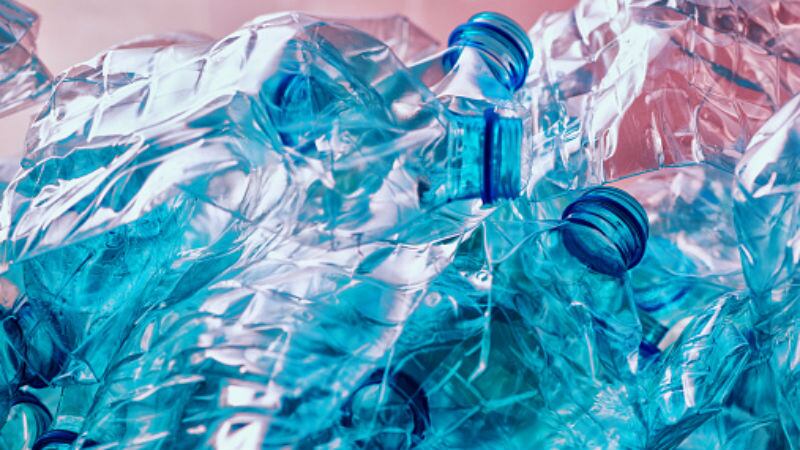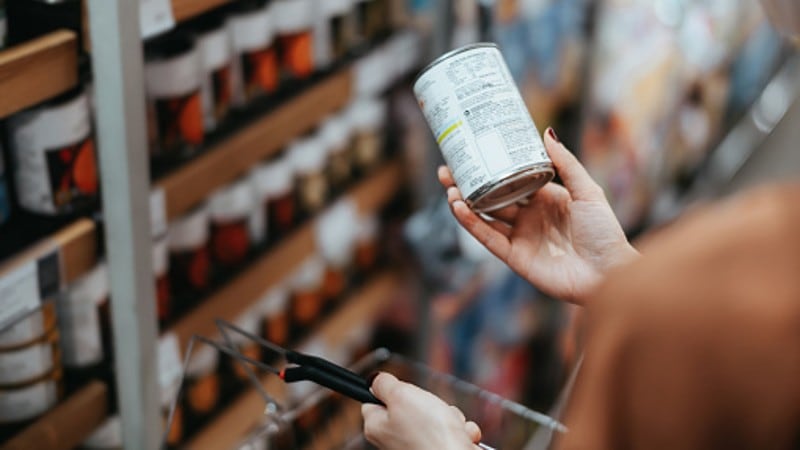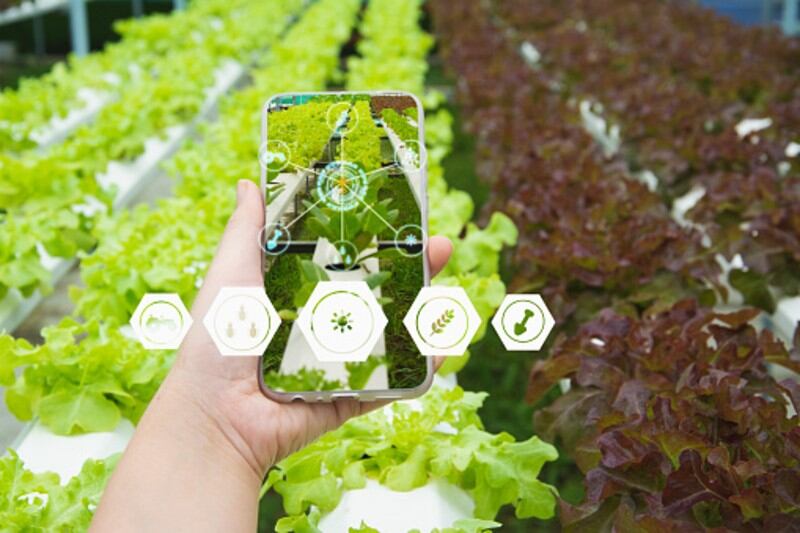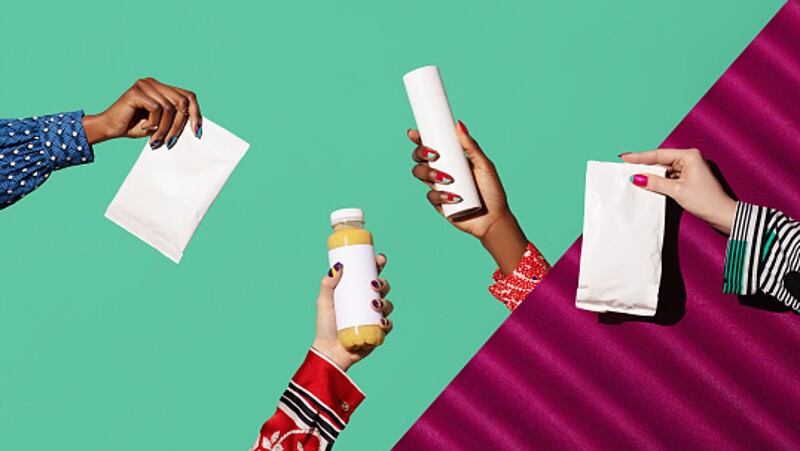Even though many large food manufacturing companies in the Asia Pacific region today from Nestle to Thai Union have announced and made commitments to a raft of sustainability initiatives, it is common to see a lot of these focused on pumping resources into recycling facilities as a more immediate course of action, whereas the switch to sustainable packaging is usually in the ‘R&D’ phase.
Many firms that are looking to develop new packaging material, whether it be fully recyclable or biocompostable or biodegradeable or otherwise, tend to cite the hot, humid weather in the region as a reason for not rolling these out at large scale.
However, many smaller firms today are already selling products made with packaging that fulfil these criteria, so the existence of this material does not seem to be the main issue.
“Many of the big brands that are in supermarkets today could theoretically switch to 100% home compostable packaging like we are using for our products, but the fact of the matter is that they are the incumbent here and they already have existing commitments to consumers and retailers regarding shelf life so making that switch will take some time to implement,” Vietnamese healthy snacking brand Lecka Founder and CEO Markus Gnirck told FoodNavigator-Asia when asked about the potential of using Lecka’s innovative packaging material at a larger scale.
“It is possible, but we are a newer brand and consumers have an expectation of us to be eco-friendly so whilst we have a pretty good shelf life for our products for between nine to 12 months, this is still shorter than [conventional big brand products] but consumers and retailers are willing to make that compromise.
“Bigger brands would already be out there with a shelf life promise of maybe 18 months and it would be hard to just change that all of a sudden just because different packaging is being rolled out, so that’s where even more R&D needs to be done.
“Plus I can also see where there would be challenges to incorporate this new element into existing supply chains, and these large firms have supply chains that have already been in place for many years, so changing many things from processing to sourcing to many others would be needed to make it work – and I'm not sure many companies are willing to do that, as of course, profits and certain type of balance sheets need to be kept in line.”
Even with Gnirck’s background as a material science engineer, Lecka took two years of research to develop packaging allowing its products’ current shelf life, so for a big firm like Nestle even more research and development is likely required to cover its wide portfolio of products, even with its dedicated Institute of Packaging Sciences in action.
“Incumbents do have a tougher challenge in this area, and I don't envy them in having to make those very tough decisions, as it means the need to keep breaking with conventions and changing quite a few things which can be very controversial,” said Gnirck.
Heat and humidity
That said, most of the food giants in the region have continued to highlight the hot and humid climate in Asia as their major hurdle to developing usable packaging with sufficient shelf life here.
Case in point, Nestle has developed various innovative packaging materials for cooler markets such as recyclable Maggi bouillon cube packaging in France and for KitKat in Hong Kong – but there have been less of these innovative breakthroughs for tropical Asian countries, with more major changes in areas such as switching from plastic to paper straws for UHT packet drinks in Malaysia and Indonesia or switching from PET to recycled PET bottles.
“It is much more challenging to bring such solutions to tropical markets such as Indonesia due to the climate and the humidity - We have to have better barrier properties and also work on the reusable secondary (exterior) packaging aspects,” Nestle CTO Stefan Palzer told us previously.
“[The key purposes of] food packaging, plastic or otherwise, is to protect the food product along its journey to the consumer as well as to ensure food safety and quality, [and] some types of packaging may [achieve this in] certain geographies but not others.”
Nestle Malaysia CEO Juan Aranols has also agreed that for the moment, plastics are still a required packaging material in this region and for this weather, although the company is working on developing more environmentally-friendly options.
On the other hand, beverage firms have the levity to take a different approach and it seems that soft drinks giant Coca-Cola has decided that plastic is not the most efficient way to go in its sustainability journey .
Earlier this year it announced in Hong Kong that it would be bringing back its iconic glass bottles for eight of its most popular beverages for consumers to reuse and refill, as opposed to the plastic bottles consumers have become so accustomed to.





